How Bizarre
-
 Chemistry
ChemistryAstronauts may be able to make cement using their own pee
Lunar dust and a compound found in urine could be used to build future dwellings on the moon, a new study finds.
-
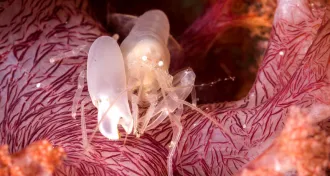 Life
LifeSome shrimp make plasma with their claws. Now a 3-D printed claw can too
Scientists used a replica of a shrimp claw to re-create the extreme pressures and temperatures that the animals produce underwater.
-
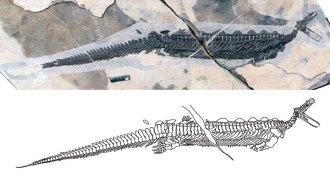 Paleontology
PaleontologyTiny eyes make a bizarre, ancient platypus-like reptile even weirder
An ancient oddball marine reptile had teeny-tiny eyes, suggesting it probably used senses other than sight to catch food.
-
 Animals
AnimalsMalaysia’s pig-tail macaques eat rats, head first
Pig-tail macaques are seen as a menace on Malaysian palm oil plantations, but may be helping to reduce rodent populations.
By Yao-Hua Law -
 Astronomy
AstronomyLoner gas clouds could be a new kind of stellar system
Weird loner clumps of gas that have wandered for 1 billion years may have been stripped from a trio of larger galaxies.
-
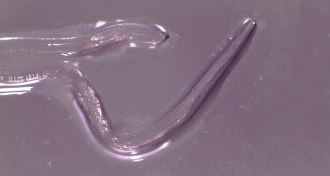 Health & Medicine
Health & Medicine14 cattle eyeworms removed from Oregon woman’s eye
Oregon woman has the first ever eye infection with the cattle eyeworm Thelazia gulosa.
-
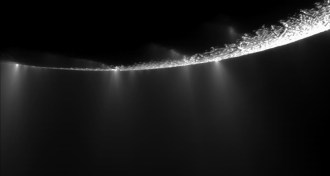 Astronomy
AstronomyHere’s what space toilets can teach us about finding signs of alien life
Lessons learned from flushing space toilets can help researchers plan life-hunting missions to icy moons.
-
 Physics
PhysicsScientists create the most cubic form of ice crystals yet
Ice has taken on a strange structure, with its water molecules arranged in nearly perfect cubes.
-
 Paleontology
PaleontologySea scorpions slashed victims with swordlike tails
Ancient sea scorpion used a flexible, swordlike tail to hack at prey and defend against predators.
-
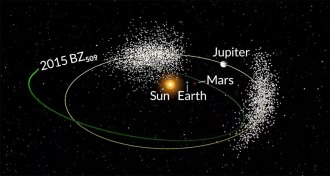 Astronomy
AstronomyAsteroid in Jupiter’s orbit goes its own way
Asteroid shares Jupiter’s orbit around the sun but travels in the opposite direction as the planet.
-
 Planetary Science
Planetary ScienceWeird wave found in Venus’ wind-whipped atmosphere
A 10,000-kilometer-long gravity wave arched across the upper atmosphere of Venus. The feature may have been the largest of its kind in the solar system.
-
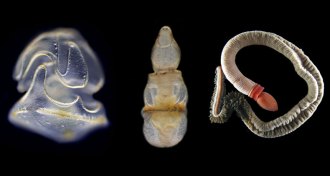 Animals
AnimalsThese acorn worms have a head for swimming
The larvae of one type of acorn worm are basically “swimming heads,” according to new genetic analyses.